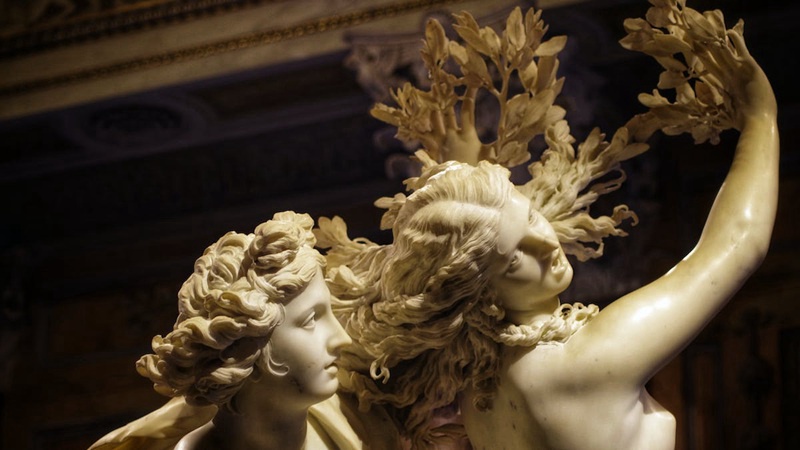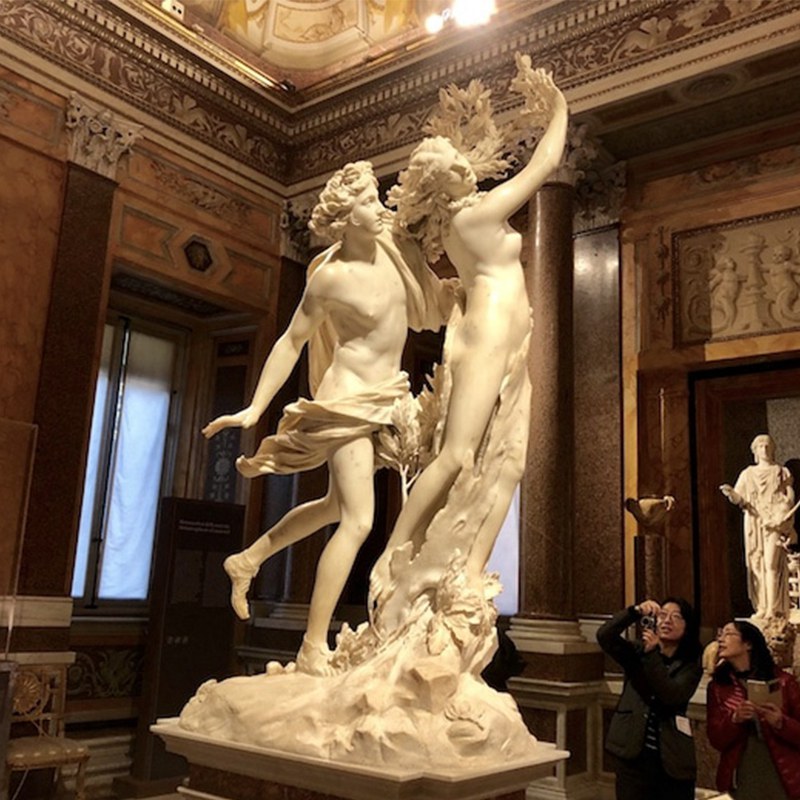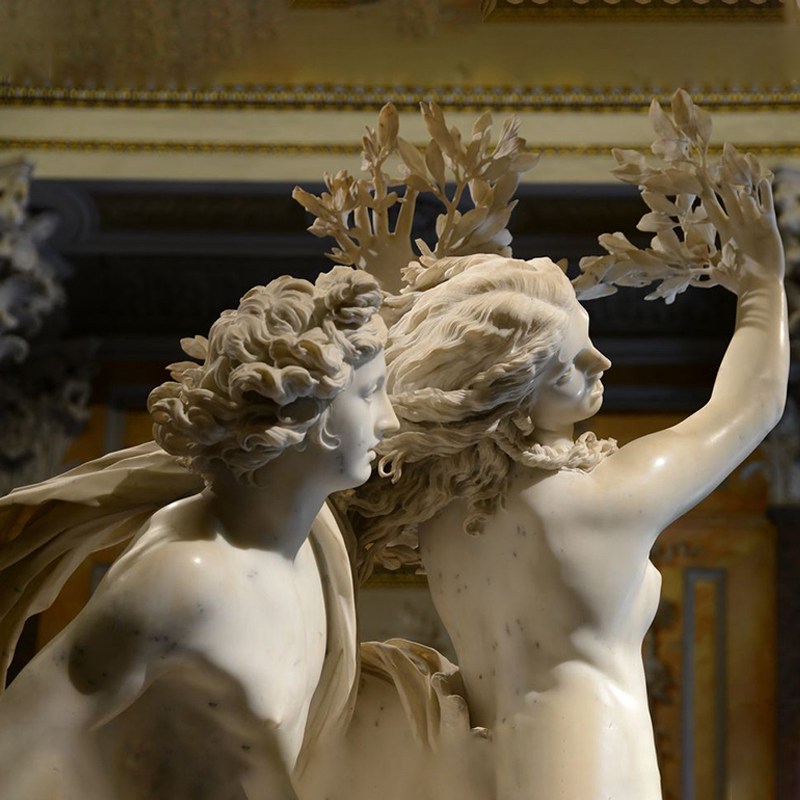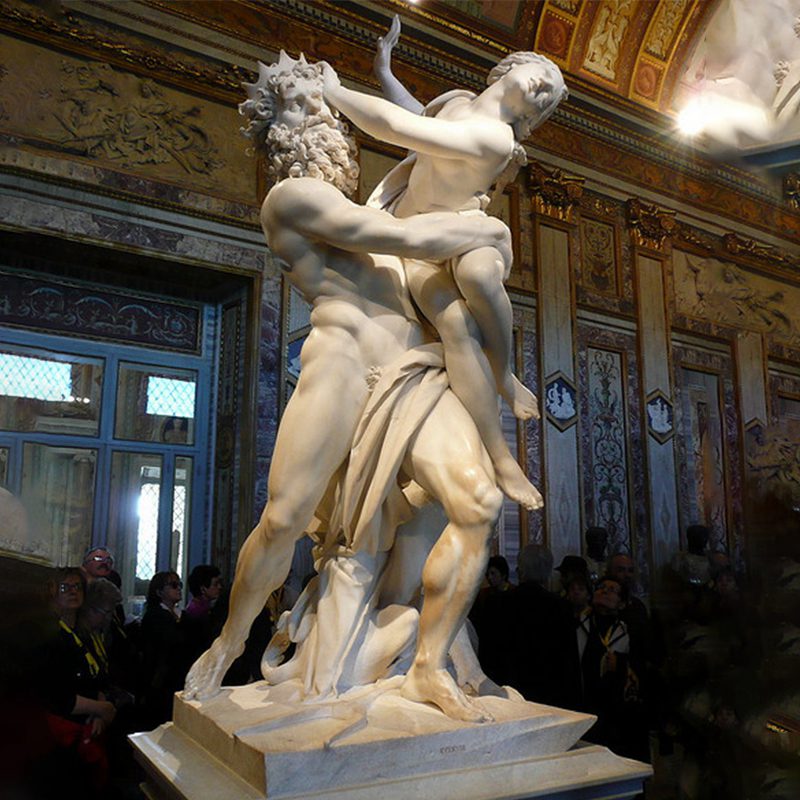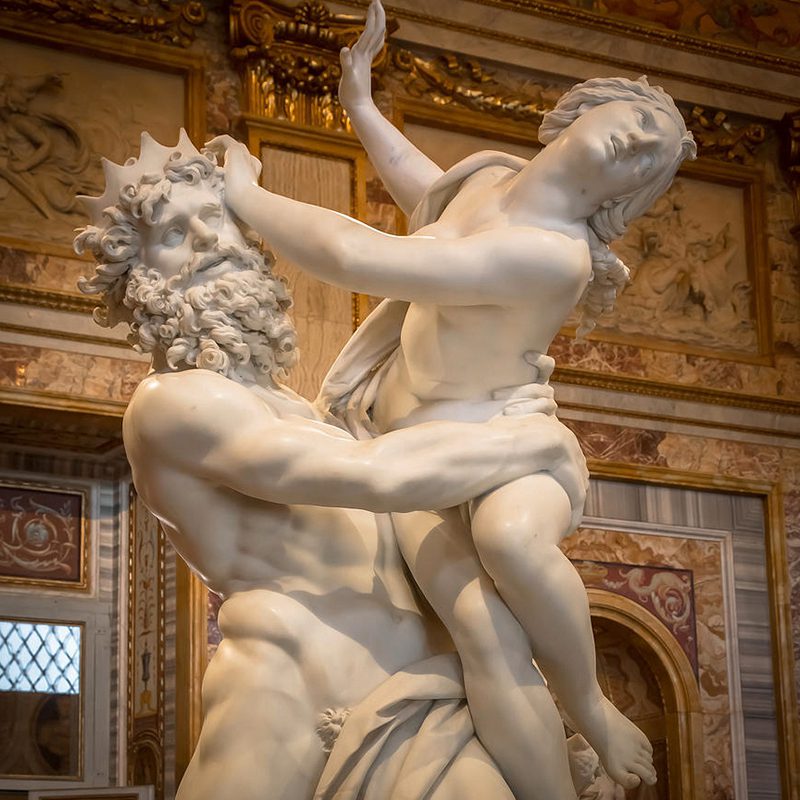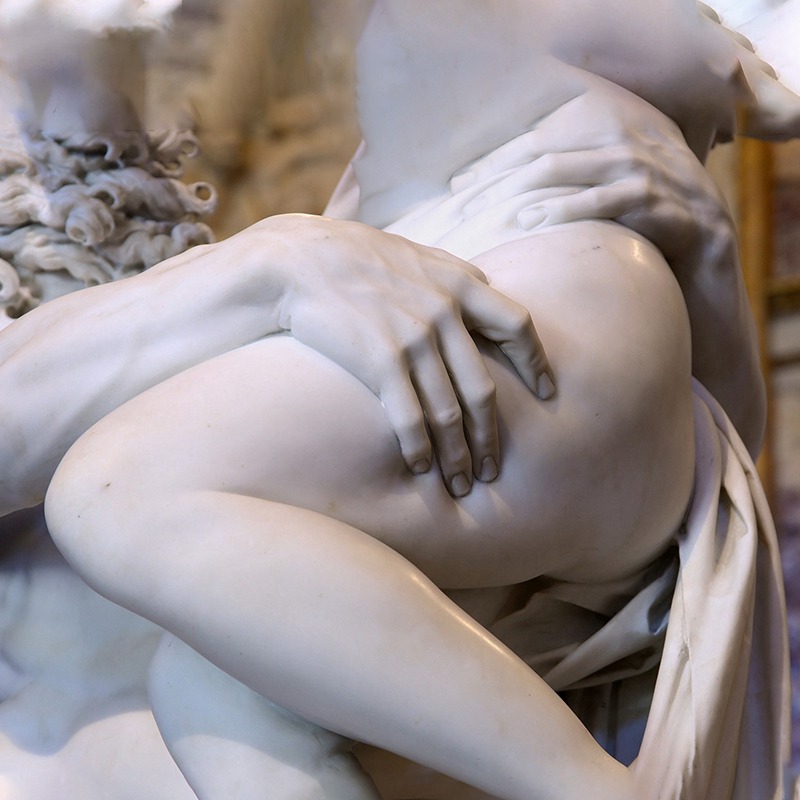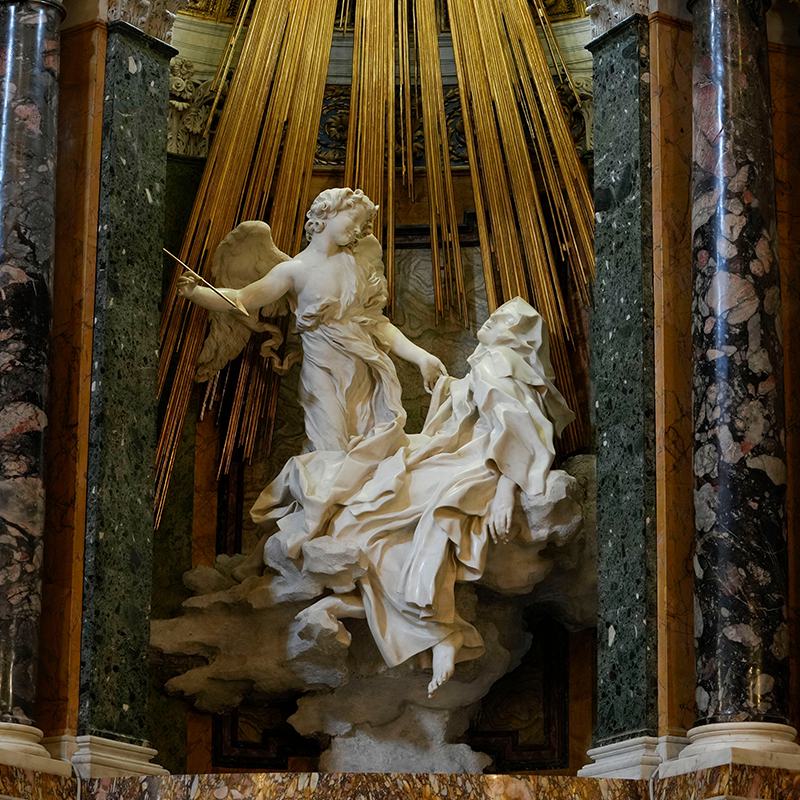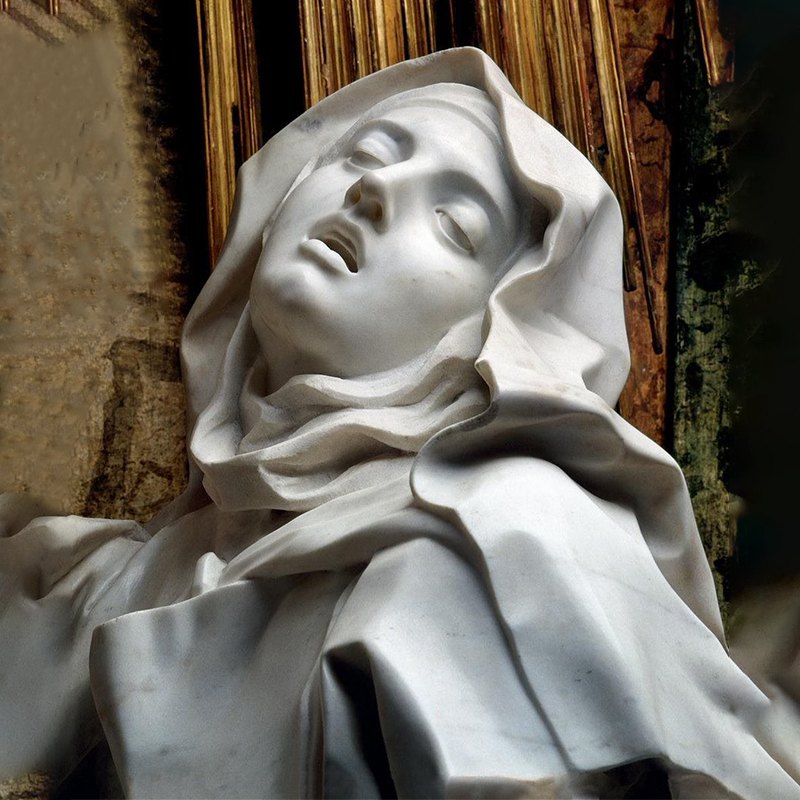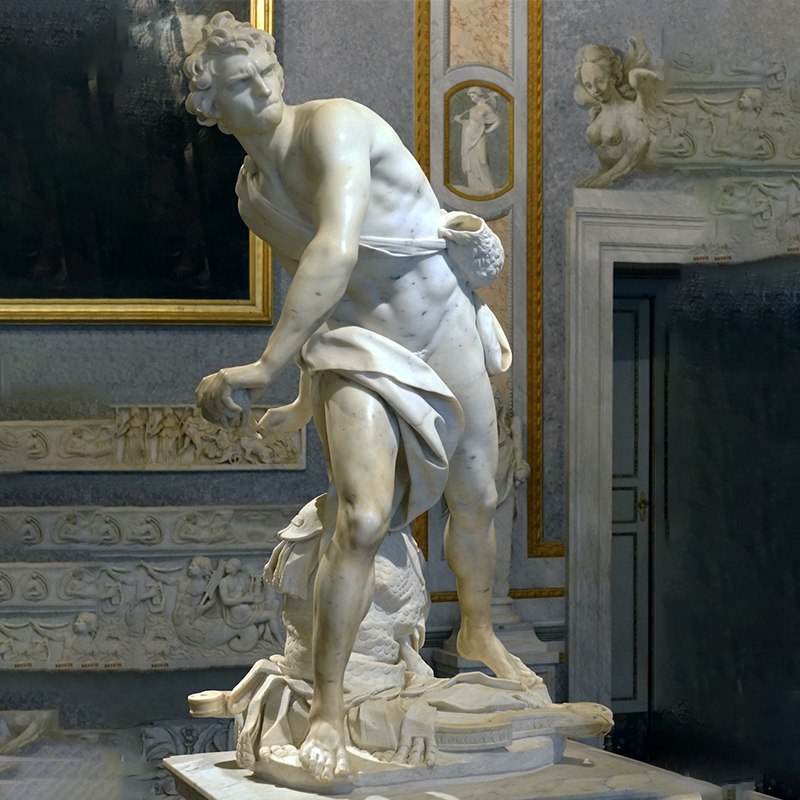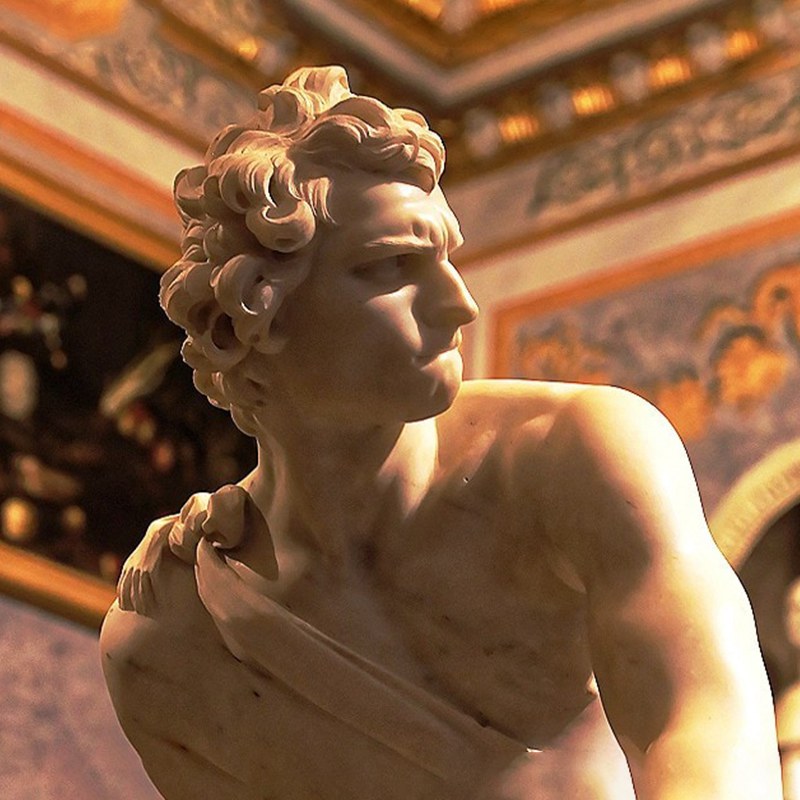Gian Lorenzo Bernini was a famous Italian sculptor in the 17th century and an outstanding early Baroque artist. During his life and artistic career, he was for a time a leading figure in Roman art.
His sculptures have a charm that distinguishes them from other artists and styles.
“His name is instantly recognizable in a particular way and visually, and his influence is uncannily powerful.”
About Gian Lorenzo Bernini:
Bernini’s artistic interests and career began with his father, Pietro Bernini. He was also a famous sculpture artist at that time. Bernini then moved with his father from Florence to Rome. His early works were inspired by this.
Bernini’s Baroque works were considered to have challenged the contemporary art system at the time. Its highly dramatic narrative and artistic style can express the strong psychological state of the characters, presenting the extraordinary charm of marble sculpture.
He is also skilled in the application of light sources, relying on hidden light sources to enhance the dramatic moments of sculptural narratives. This was something no one could do at the time.
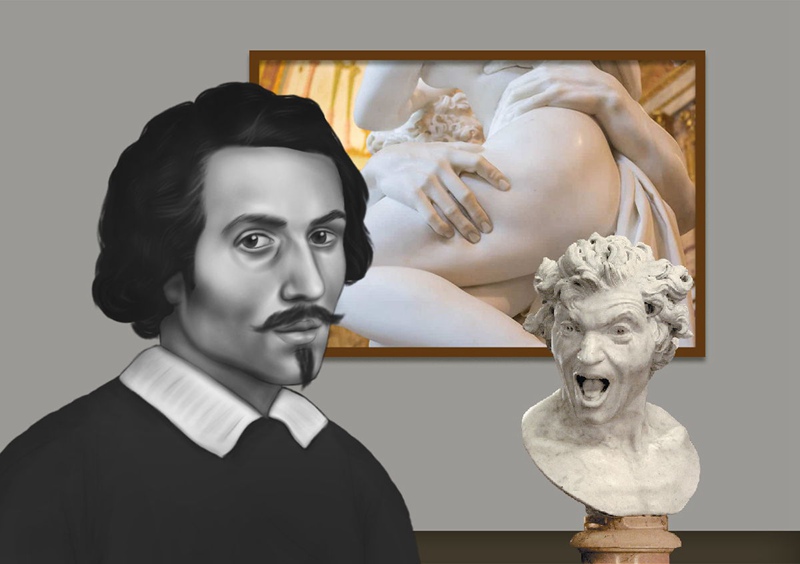
Bernini was very popular at the time, especially Pope Urban VIII who supported and loved him very much. Pope Urban VIII once said to him: You were born for Rome, and Rome was born for you. His presence was considered a rare asset at the time.
In fact, there was also a voice against the ornate Baroque at the time, especially in the last period of Bernini’s life. His popularity began to decline sharply after his death until the 20th century. But the Baroque art style he brought has always influenced people.
Let’s admire the beautiful sculptures of the great artist Bernini.
Famous Bernini Sculptures:
Apollo and Daphne, 1622-25
The Apollo and Daphne statue is inspired by the story of the stalking and harassment of the sun god Apollo in Roman mythology.
Apollo, the sun god, fell in love with Daphne, the daughter of the river god. But Daphne prefers to hunt deer and poultry in the mountains and forests. She doesn’t want to touch marriage and love, so she asks her father for help, expressing that she would rather destroy her body than be liked. The river god agreed, and her body slowly turned into a laurel tree.
This sculpture depicts the climax of the story’s ending – the moment when Apollo rushes towards Daphne, just about to touch her.
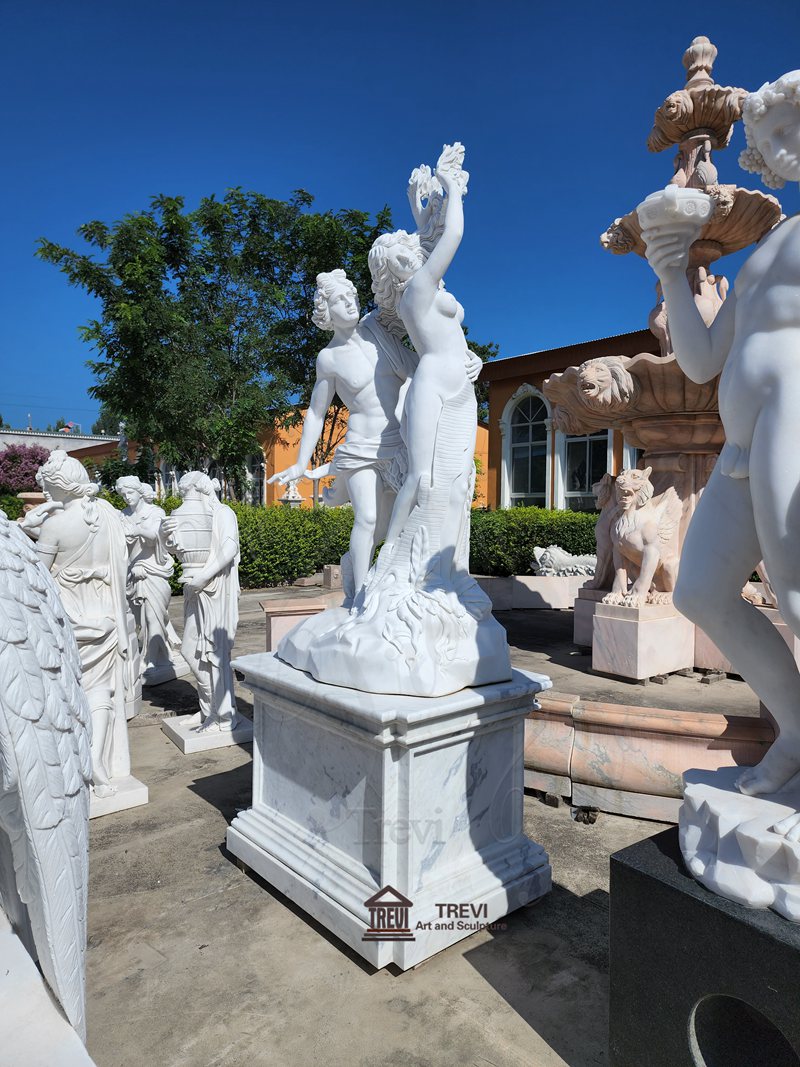
As Baroque art, the content of the statues of Apollo and Daphne is rich in drama, depicting the most energetic and compelling moments. It makes people feel restless for a long time after appreciating it. It is not only the aftertaste of the story, but also the intoxication of sculpture art.
The Rape of Proserpina, 1621-22
The Abducted Proserpina depicts Proserpina being captured by Pluto, the king of the underworld and abducted into the underworld.
Bernini achieved realistic effects such as “the texture of the skin, the flying ropes of the hair, the tears of Perth Severnell and, above all, the flesh of the girl” by sculpting solid marble. These are the charms of sculpture art.
Through this statue, we can see Proserpina’s desperation and Pluto’s clumsy attempt to catch her. Although the sculpture has a lot of bad reviews. But we cannot deny its artistic value.
The Ecstasy of Saint Teresa, 1647-52
Someone once commented on The Ecstasy of Saint Teresa sculpture:
“I would have to say that any sculpture by Bernini with a woman in it is hands down going to be one of my favorites. There has never been a sculptor who captures as much grace and beauty as that singular Italian.”
In fact, we all have always been struck by the billowing movement of the cloth surrounding St. Theresa, to do this in sculpture is incredible.
“I feel that the lines suspend the work in action so beautifully and the touchable, sensual, quality of the work is truly moving.”
David, 1623-24
This sculpture depicts the moment when David is about to throw a stone at the giant Goliath.
Unlike Michelangelo’s eponymous work, Bernini’s sculpture presents David as if ready for action. Its twisted torso and frowning eyebrows fully embody the characteristics of Baroque art accumulated in the Renaissance era.
Bernini’s contribution as a sculptor cannot be underestimated. Its Baroque-style sculptures contain his thinking and resistance to society and trends of thought at that time. His unique narrative style gives marble sculpture more possibilities for creation. His powerful style also shaped the creation of many later generations.

